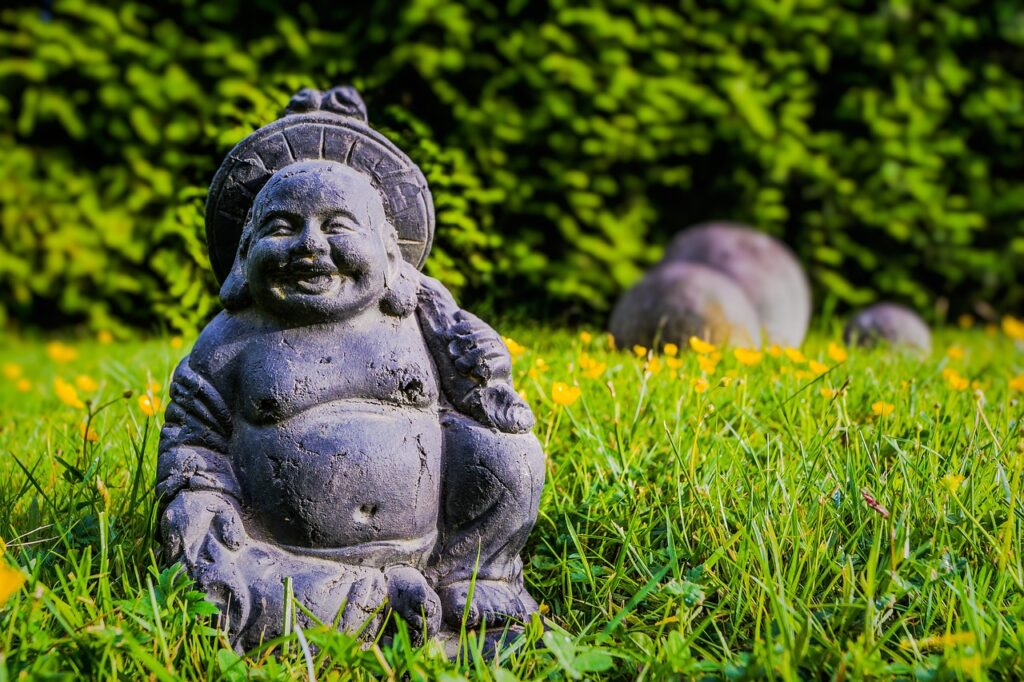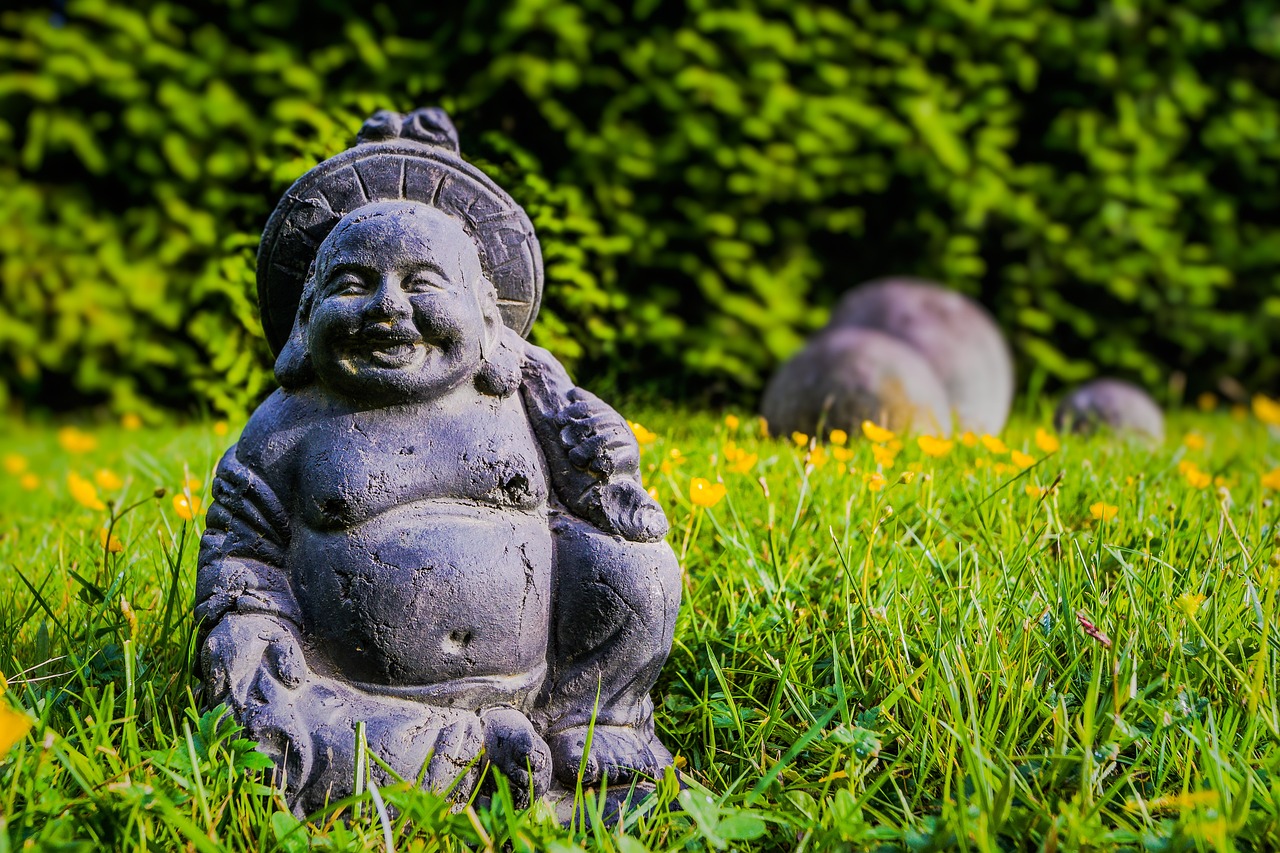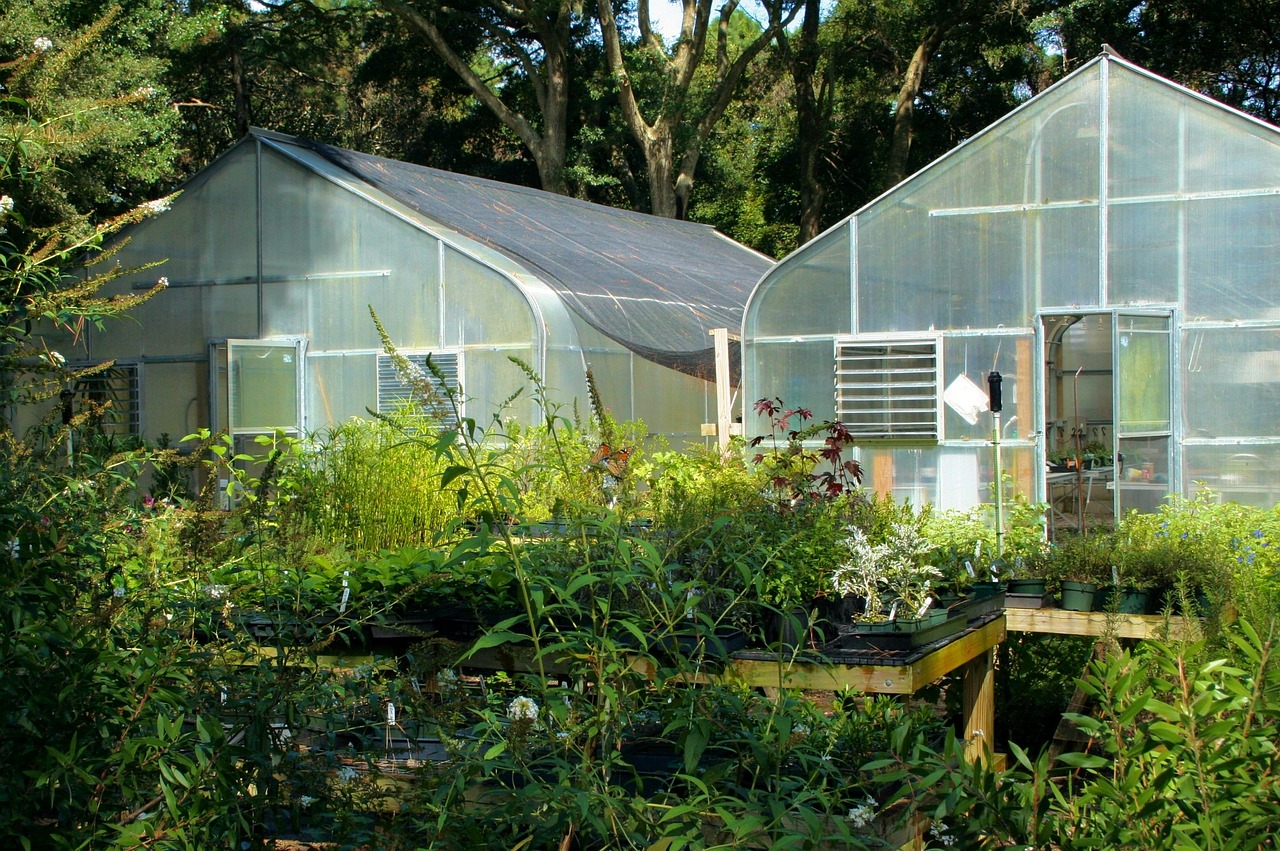Are you looking for a way to create a peaceful and serene atmosphere in your outdoor space? Look no further than the art of Japanese Zen gardening. This ancient practice, rooted in Buddhist philosophy, emphasizes simplicity, harmony, and tranquility in the design of outdoor spaces.
Zen gardening is more than just arranging rocks and raking sand. It is a way of life that encourages mindfulness, meditation, and a deep connection with nature. By incorporating key elements such as rocks, sand, and water, you can create a space that promotes relaxation and inner peace.
In this article, we will explore the origins and philosophy of Zen gardening, as well as the key elements and principles involved in designing your own Zen garden. So, grab your rake and let’s get started on creating your own oasis of serenity.
The Origins and Philosophy of Zen Gardening
You’re transported back in time to ancient Japan, where you’ll discover the origins and philosophy behind the calming art of zen gardening.
Zen gardening, also known as karesansui, originated in Japan during the 14th century as a way for Zen Buddhist monks to create a peaceful environment for meditation. These gardens were designed to be simple and minimalist, with only a few carefully placed rocks, sand, and gravel.
The cultural significance of zen gardening can be seen in the way it reflects the principles of Zen Buddhism. Zen Buddhism emphasizes the importance of living in the present moment and finding inner peace through meditation. The act of raking and arranging the sand in a zen garden is a meditative practice that allows one to focus on the present moment and let go of distractions.
Thus, zen gardening is not just about creating a beautiful garden, but also about cultivating a peaceful state of mind.
Designing Your Zen Garden: Key Elements and Principles
To design your own Zen garden, it’s important to incorporate key elements and principles that create a sense of harmony and balance.
Plant selection is crucial in creating a Zen garden that is pleasing to the eye and calming to the mind. Choose plants that are native to your area and that are low-maintenance. This will ensure that your garden remains beautiful without requiring too much work.
Maintenance is also an important aspect of designing a Zen garden. Regular upkeep will keep your garden looking its best and will help to maintain the sense of peace and tranquility that it provides.
In addition to plant selection and maintenance, incorporating natural elements such as rocks, water features, and sand can further enhance the Zen garden experience. These elements can be used to create patterns and designs that promote relaxation and meditation.
With these key elements and principles in mind, you can design a Zen garden that will bring serenity to your daily life.
Selecting and Arranging Rocks for a Harmonious Landscape
Incorporating rocks into your landscape design can create a harmonious and visually appealing outdoor space. The placement of rocks is crucial in Zen gardening, as it adds depth and texture to the landscape.
When selecting rocks, consider their shape, size, and texture. The goal is to have a diverse collection of rocks that complement each other. In addition to the physical attributes of rocks, color symbolism is also an important aspect of Zen gardening.
Different colors can represent different elements, such as water, earth, and fire. For example, gray rocks can signify mountains, while black rocks can represent water. By strategically placing rocks of different colors, you can create a landscape that evokes a sense of balance and serenity.
Remember, the goal of Zen gardening is to create a space that promotes contemplation and relaxation, and the use of rocks is an essential part of achieving this.
Working with Sand and Gravel: Patterns and Raking Techniques
As you work with sand and gravel, imagine creating intricate patterns with your rake. Each line and curve adds depth and texture to the landscape. Zen garden maintenance involves regular raking of the sand and gravel to maintain a clean and tidy appearance. Different sand types can also be used to achieve different effects. Fine sand creates a smoother and more refined look, while coarse sand adds a rougher texture to the garden.
When using your rake to create patterns, it’s important to keep in mind the overall design of the garden. The patterns should complement and enhance the placement of rocks and plants, rather than detract from them. Experiment with different patterns and techniques to find what works best for your specific garden.
With practice, you’ll be able to create beautiful and calming designs in your zen garden.

Adding Water Features for a Soothing Ambiance
You can enhance the calming atmosphere of your zen garden by adding water features, such as fountains and ponds. These features not only add visual interest to your garden but also create a soothing ambiance that can help reduce stress and anxiety. The gentle sound of flowing water can also drown out unwanted noise and create a peaceful environment for relaxation.
When it comes to choosing the type of water feature for your garden, consider the benefits, as well as the maintenance required. Fountains are a popular choice as they’re easy to install and maintain, and can add a touch of elegance to your garden. Ponds, on the other hand, require more maintenance but can provide a more natural and serene environment.
Whichever type of water feature you choose, make sure to regularly clean and maintain it to ensure it continues to function properly and provide a calming atmosphere for your zen garden.
Frequently Asked Questions
How much maintenance does a zen garden require?
Maintaining a zen garden is easy thanks to the benefits of minimalism. Using natural elements in the design ensures low maintenance. You can enjoy a serene space without worrying about constant upkeep.
Can I incorporate other plants or flowers into my zen garden?
Yes, you can incorporate other elements like plants and flowers into your zen garden. But make sure to choose the right plants that blend with the overall aesthetic of your garden and require minimal maintenance.
What types of lighting should I use to enhance my zen garden at night?
Enhance your Zen garden ambiance at night with moonlight magic and lantern love. Use soft, warm lighting to highlight key features and create a peaceful atmosphere. Illuminate paths and seating areas for a serene evening retreat.
Can I create a zen garden in a small space, like a balcony or rooftop?
Yes, you can create a Zen garden in a small space like a balcony or rooftop. Use the concept of ‘Vertical Zen: Creating a Balcony Garden’ or ‘Miniature Zen: Crafting a Rooftop Sanctuary’ to make the most of your space.
What are some common mistakes to avoid when creating a zen garden?
When creating a zen garden, choosing appropriate materials and finding the right balance is crucial. Avoid common mistakes like overcrowding or using too many decorative elements, which can detract from the peaceful atmosphere.
Conclusion
Congratulations on completing your journey through the art of Japanese Zen gardening! By following the principles and techniques outlined in this article, you can now create your own serene and harmonious landscape that promotes mindfulness and relaxation.
Remember to select rocks that complement each other and work with sand and gravel to create patterns and textures that enhance the overall ambiance of your garden.
Don’t be afraid to incorporate water features such as fountains or ponds to add a soothing and calming element to your space. With a little patience and effort, you can transform any outdoor area into a tranquil oasis that promotes inner peace and tranquility.
So go ahead, grab your gardening tools, and unleash your creativity to create the ultimate Zen garden that reflects your unique personality and style.










